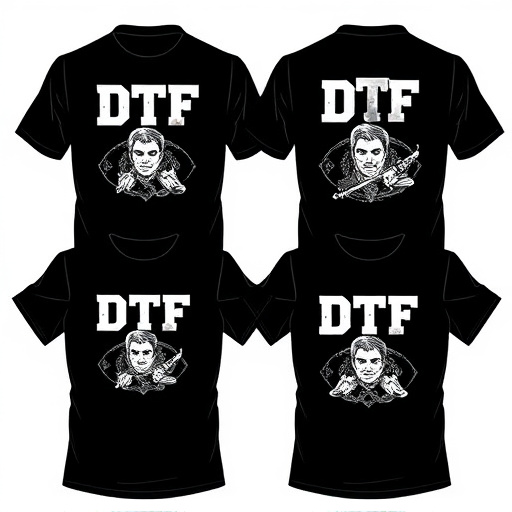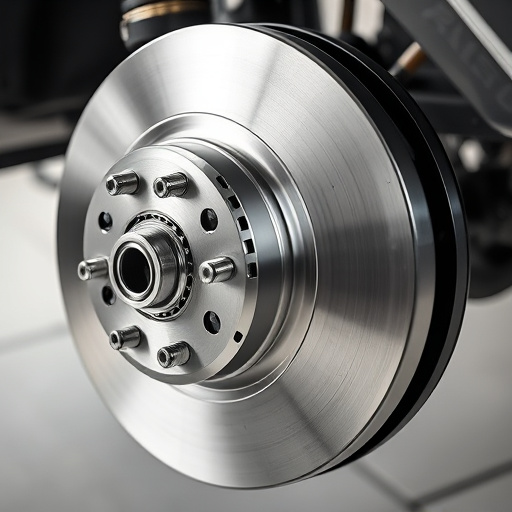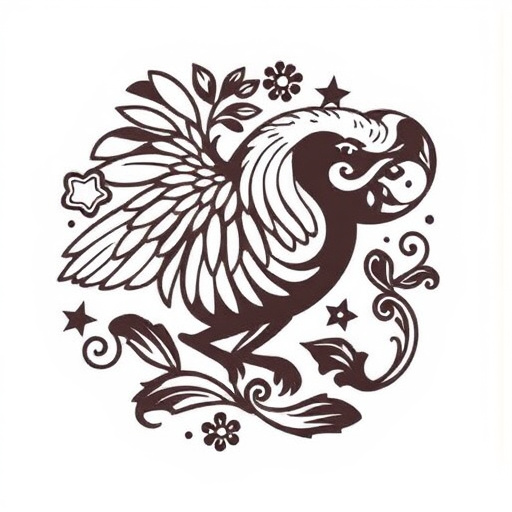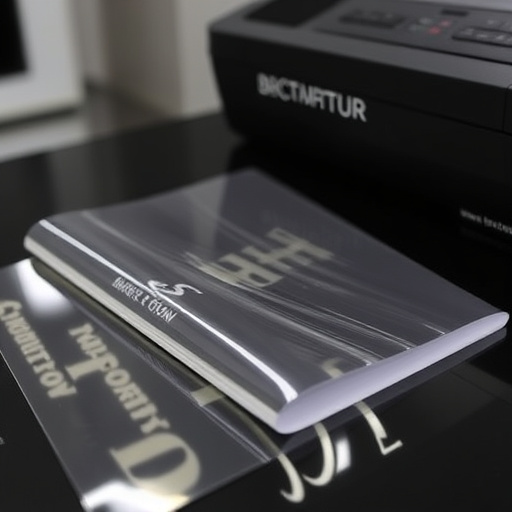DTF Hot Peel Film revolutionizes print industry, especially custom garment production. Direct transfer from film to fabrics like hoodies and t-shirts, offering high quality, vibrant prints, streamlined workflow, efficient results, and easy design removal via heat-activated adhesives. Its popularity stems from quick, cost-effective personalization of intricate designs on light fabrics, transforming custom merchandising with enhanced productivity and market competitiveness.
The printing industry is witnessing a surge in adoption of DTF Hot Peel Film, a revolutionary technology that’s transforming the way print professionals work. This innovative film offers printers enhanced efficiency, cost-effectiveness, and superior print quality. By enabling precise applications and easy peeling, DTF Hot Peel Film streamlines production processes, making it a game-changer for both small businesses and large enterprises. In this article, we explore the technology behind DTF Hot Peel Film, its key benefits, and the exciting future prospects it holds for the printing sector.
- Understanding DTF Hot Peel Film Technology
- Benefits for Printers and Production
- Industry Adoption and Future Prospects
Understanding DTF Hot Peel Film Technology
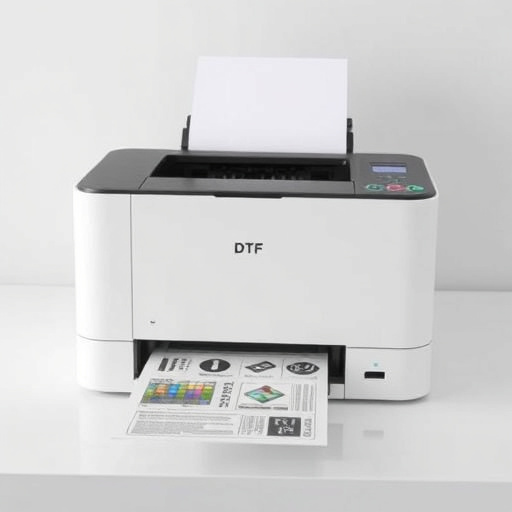
The DTF Hot Peel Film technology has been a game-changer in the print industry, especially for those specializing in custom garments and accessories. This innovative process allows printers to achieve high-quality, vibrant prints on various materials, particularly fabrics like hoodies, t-shirts, and more. By using custom sheets designed specifically for heat pressing designs onto garments, this technology streamlines the production process, enabling efficient and precise printing results.
DTF (Direct to Film) printing, at its core, is a straightforward method where images are transferred directly from the print film to the garment without the need for intermediate steps. The hot peel film, as the name suggests, involves a heat-activated adhesive that securely holds the design during printing and later allows for easy removal, leaving a crisp and lasting impression on the fabric. This technique has gained immense popularity due to its ability to produce personalized hoodies and other products with intricate designs in a timely and cost-effective manner.
Benefits for Printers and Production

The introduction of DTF Hot Peel Film has brought a game-changing dynamic to the printing industry, offering printers an innovative solution that streamlines production processes. This cutting-edge film is designed for use in direct-to-garment (DTG) printing, specifically for creating high-quality, vibrant designs on various materials, including textiles and clothing. One of its key advantages lies in the ease it brings to the transfer process; the heat-peel mechanism allows printers to effortlessly apply intricate designs with precision, ensuring a smooth and fast production flow.
By utilizing DTF Hot Peel Film, printers can significantly enhance their workflow efficiency. The film’s compatibility with DTG printing methods enables them to produce custom garments and products with remarkable speed. Moreover, the superior quality of prints it facilitates has revolutionized the way businesses approach custom merchandising, allowing for intricate details and vibrant colors that captivate customers. This advancement in printing technology empowers printers to meet the growing demand for personalized, on-demand products, providing them with a competitive edge in the market.
Industry Adoption and Future Prospects
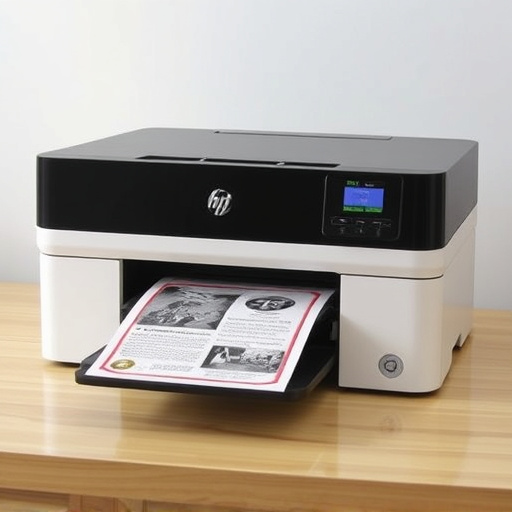
The adoption of DTF Hot Peel Film in the printing industry has been rapidly gaining traction, with many businesses recognizing its potential as a game-changer for various print applications. This innovative film is especially versatile and efficient when used in dtf printing processes, particularly for light fabrics. Its seamless integration with direct to film printers has streamlined production, enabling faster turnaround times and higher quality outputs.
Looking ahead, the future prospects of DTF Hot Peel Film appear promising. As technology advances, we can expect further refinements in film composition and printing techniques, enhancing its compatibility with a broader range of materials and applications. This, coupled with increasing demand for personalized, on-demand printing solutions, suggests that dtf printing for light fabrics will continue to grow, making DTF Hot Peel Film an essential component in the evolving landscape of modern printing.
The growing adoption of DTF Hot Peel Film technology by printers worldwide signifies a significant shift in the industry. This innovative material offers enhanced productivity, reduced waste, and superior print quality, making it an attractive option for modern printing processes. As more businesses embrace digital transformation, DTF Hot Peel Film’s ability to streamline production and cater to diverse printing needs positions it as a game-changer in the market. With continuous advancements and increasing awareness, we can expect DTF Hot Peel Film to play an even more pivotal role in shaping the future of printing technology.


